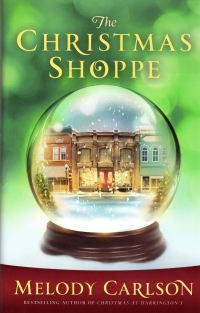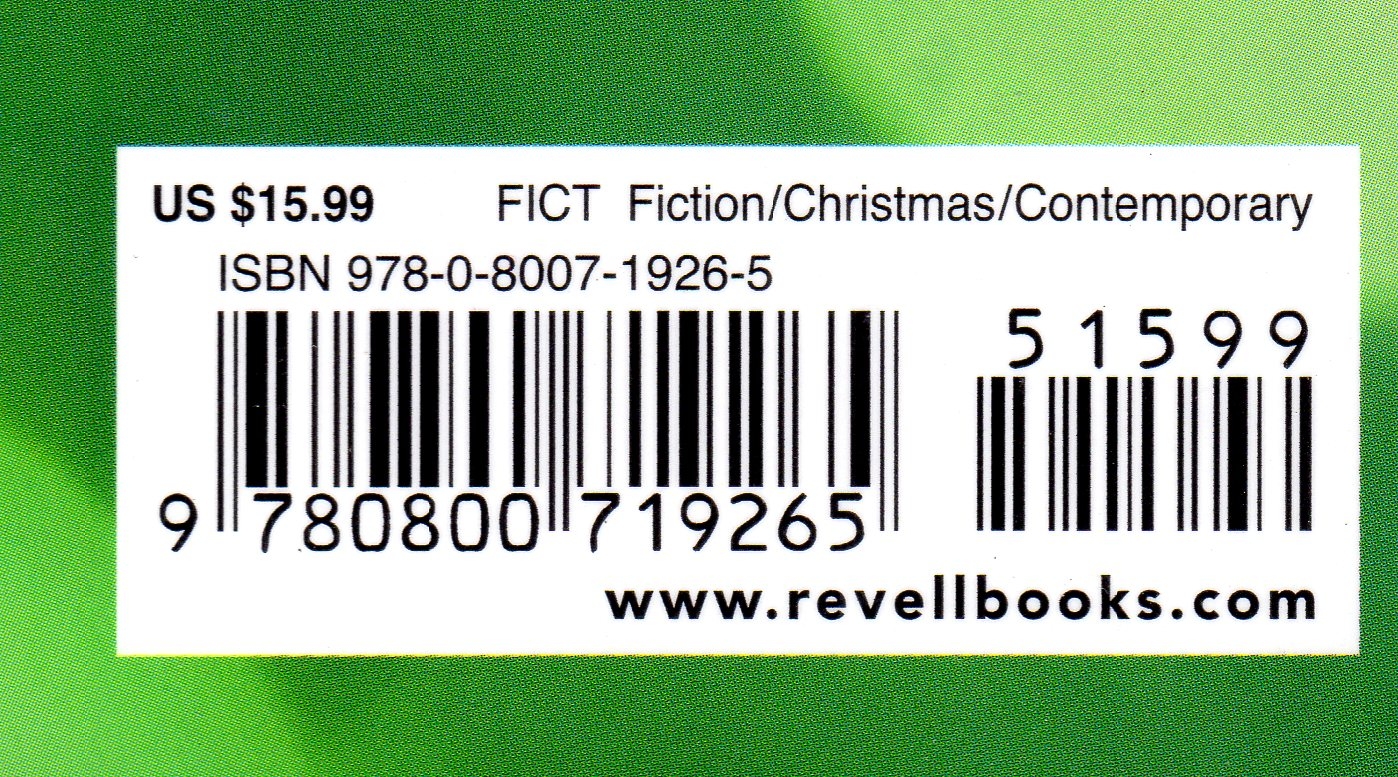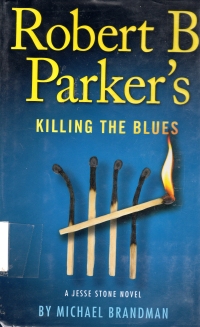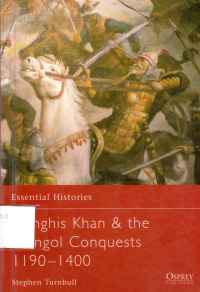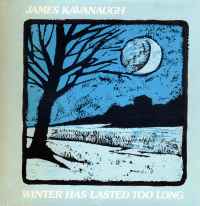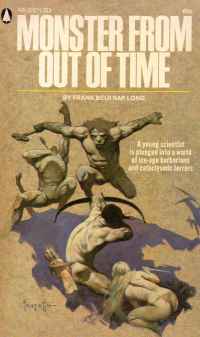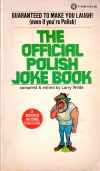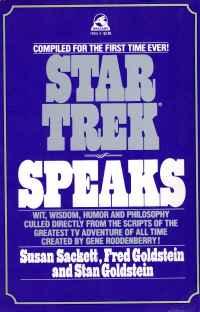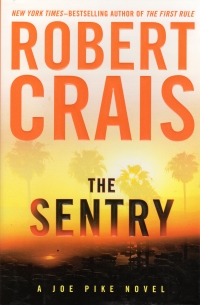 I admit, I fall behind on the Robert Crais reading. I don’t know why I haven’t been seeking out his books at the library like I have John Sandford’s (until recently). But I haven’t. I read Chasing Darkness over four years ago.
I admit, I fall behind on the Robert Crais reading. I don’t know why I haven’t been seeking out his books at the library like I have John Sandford’s (until recently). But I haven’t. I read Chasing Darkness over four years ago.
But when I fall behind, my beautiful wife is there to provide me with nice hardback copies of the books for Christmas, like this one. And I read it promptly.
It’s a Joe Pike-centered novel, where Joe runs into a crime in progress and intervenes, only to learn that the victim is on the run from a vicious, relentless killer who has been looking for his targets for years. Joe’s heart goes pitter-pat, such as Joe Pike’s heart does, over the “niece” of the victim who really isn’t his niece at all.
So the basic outline of the book is that Pike and Cole try to uncover who these people are and who is after them while also trying to find where they’ve run to next. It’s pretty standard stuff, but I rather enjoyed the book. I got the feeling that I did when I read the old Parker books: I wanted to be like the protagonists. I aspired.
It’s not something I tend to get from the Davenport books or the John D. MacDonald one-offs, or even the Executioner series.
My beautiful wife gave me three of these books, and I’m looking forward to reading them, not just finishing them.
Books mentioned in this review:




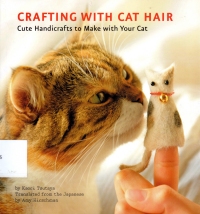
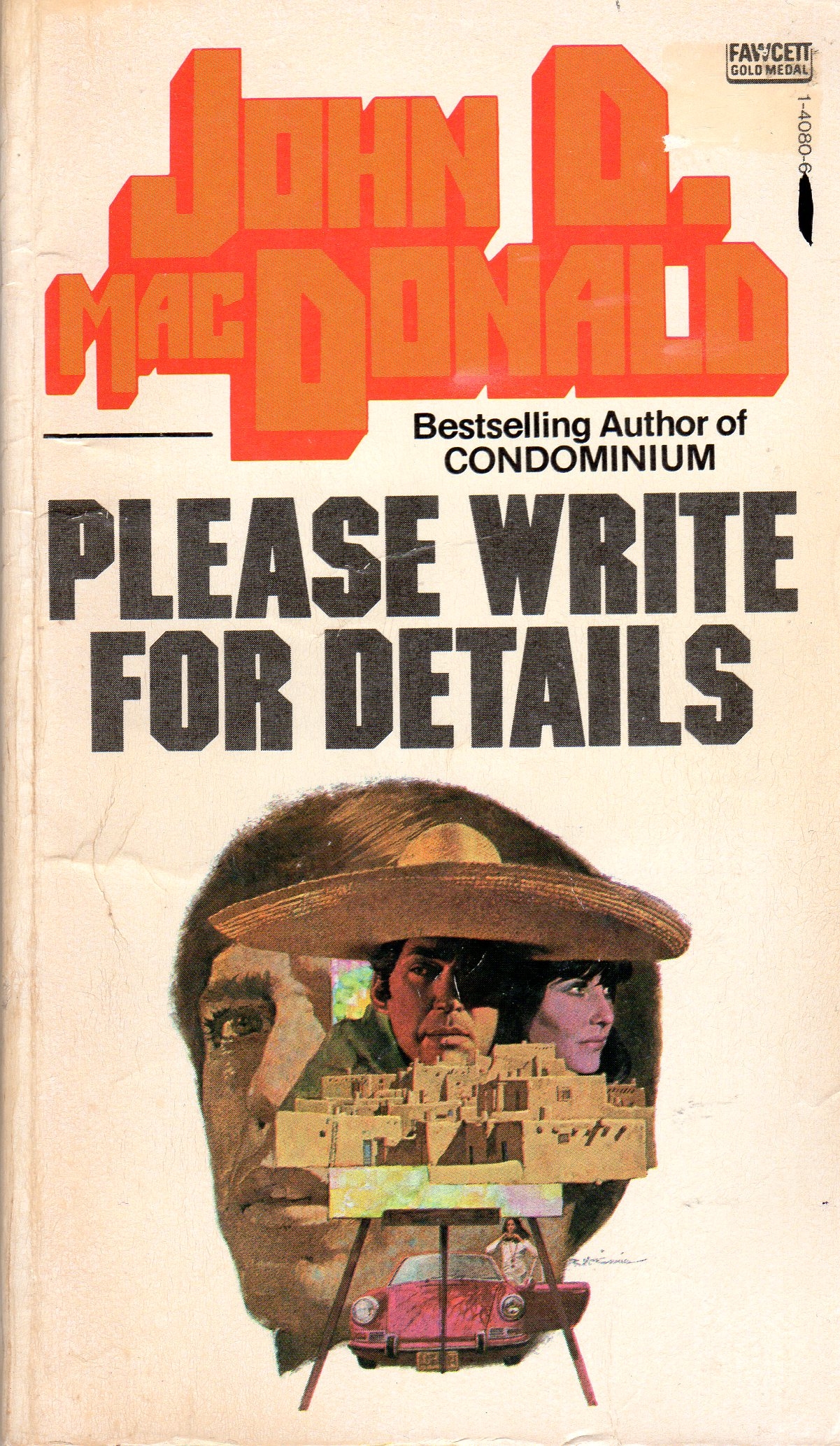


 This is a small chapbook of religious-themed poetry. I’d assumed that the poet was a resident of Springfield, Missouri, since the publishing house is here in town, but I could be mistaken. The About the Author on the back indicates that the poet was originally from Tobago and was a school teacher in NYC. Searching briefly on her name on the Internet yields a lot of small businesses run by V.R. Williams. Trying the publishing house, Gilead Publishing, in the old search engine yields a number of results publishing religious-themed books much like this one. So I have no idea about the source of this particular book. You can’t buy it on Amazon. So I might have a real collectors’ item here.
This is a small chapbook of religious-themed poetry. I’d assumed that the poet was a resident of Springfield, Missouri, since the publishing house is here in town, but I could be mistaken. The About the Author on the back indicates that the poet was originally from Tobago and was a school teacher in NYC. Searching briefly on her name on the Internet yields a lot of small businesses run by V.R. Williams. Trying the publishing house, Gilead Publishing, in the old search engine yields a number of results publishing religious-themed books much like this one. So I have no idea about the source of this particular book. You can’t buy it on Amazon. So I might have a real collectors’ item here.